本文由 Les Jardins d’Etretat 授权mooool发表,欢迎转发,禁止以mooool编辑版本转载。
Thanks Les Jardins d’Etretat for authorizing the publication of the project on mooool, Text description provided by Les Jardins d’Etretat.
花园的历史 History
受印象派创始人(同时也是一位喜爱园艺的艺术家)莫奈的启发,法国著名女演员Madame Thebault建造了这座花园。1903年,她为这座花园种下了第一棵树,当地的园林设计师Auguste Lecanu协助她处理了花园其他建造事宜,实现了她的梦想花园,这座花园也正是因为其源自莫奈的艺术氛围,才得以保存至今。
这座花园横跨雪花石膏海岸的悬崖(诺曼底的一个自然奇观),花园的深处是泰博特夫人以其最喜欢的女主角名字命名的Roxelane别墅。这位历史人物因其勇敢和无私奉献的爱,名声远超她的丈夫苏雷曼大帝,她非凡的一生也成为了无数文学作品、电影和戏剧的创作源泉。
这位女演员精心呵护着她种植的大量的兰花,这些兰花对她来说仿佛是苏雷曼后宫妃子的化身,有助于她在排练女主角Roxelane时进入角色,也正是这个角色给泰博特夫人带来了巨大的成功,并把她推上了舞台和银幕。今天,Les Jardins d’Étretat花园以兰花纪念该花园创始人的创造力。
Les Jardins d’Étretat花园的主露台坐落在著名的d’Amont悬崖上。莫奈曾花了很多时间在这个独一无二的地方创作他的油画——一系列基于‘Les Falaises d’Étretat’花园的油画和素描。用艺术家自己的话来说,“这里的悬崖是独一无二的”。许多世界各地的美学家来到这里寻找灵感,包括艺术家、园林爱好者、自然、建筑和艺术爱好者,尤其是莫奈的崇拜者和追随者。来到诺曼底的游客会因喜欢周围的风景和千姿百态的悬崖,而在这永恒的美景中找到与他们慷慨激昂的思绪和情感的呼应。
Inspired by the founder of Impressionism, the artist with a passion for gardening, Claude Monet, the renowned Belle Époque French actress Madame Thébault decided to create a garden, planting the first tree in 1903. A local landscape gardener Auguste Lecanu helped Madame Thébault to deal with practicalities and make her dream garden a reality. However, it is to Claude Monet that the garden owes its ambience which has been carefully preserved until the present day.
The garden sprawls across the cliffs of the Alabaster Coast (Côte d’Albâtre), a natural wonder of Normandy. Deep in the garden lays hidden the old villa Roxelane named after Madame Thébault’s favourite heroine. This historical figure eclipsed the fame of her husband, Sultan Suleiman the Magnificent, through her courage and devoted love. Roxelana’s extraordinary life has become the source for innumerable literary works, films and theatre plays.
The actress tenderly loved her vast collection of orchids. To her, they personified the concubines of the Sultan Suleiman’s harem. This helped her to get into character while rehearsing the role of her heroine Roxelana. It was exactly the role that brought Madame Thébault great success and catapulted her to the heights of stage and silver-screen stardom. Today, the orchids of Les Jardins d’Étretat commemorate the creativity of the garden’s historical foundress.
The main terrace of Les Jardins d’Étretat sits on the famous cliff d’Amont. Claude Monet spent many long hours at this unique place working on his canvases – a series of paintings and sketches based on ‘Les Falaises d’Étretat’. In artist’s own words, “the cliffs here are like nowhere else“. The connoisseurs of beauty from across the globe arrive here searching for inspiration. This terrace is a magnet for artists, garden aficionados, nature, architecture and art lovers, especially the admirers and followers of Claude Monet. Visitors to Normandy find their impassioned thoughts, moods and feelings echoed in the eternal beauty of the scenery, as they delight in the surrounding landscape views and myriad of colours of the Étretat cliffs.

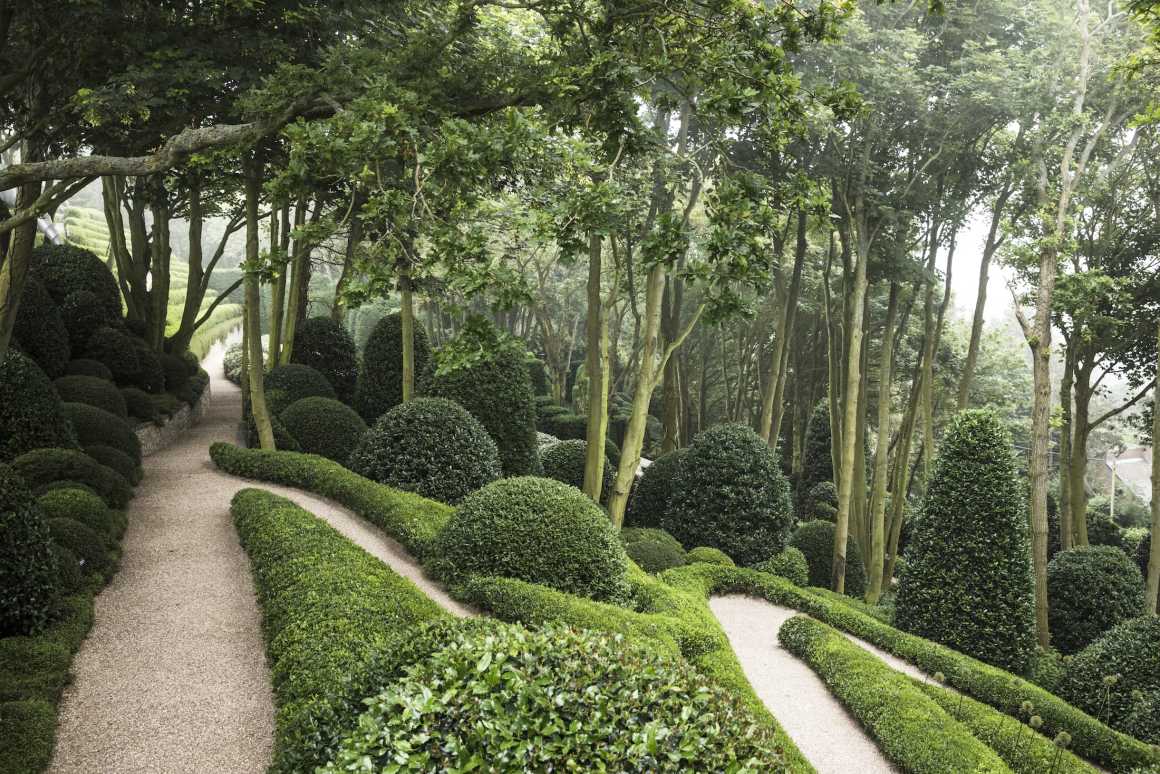
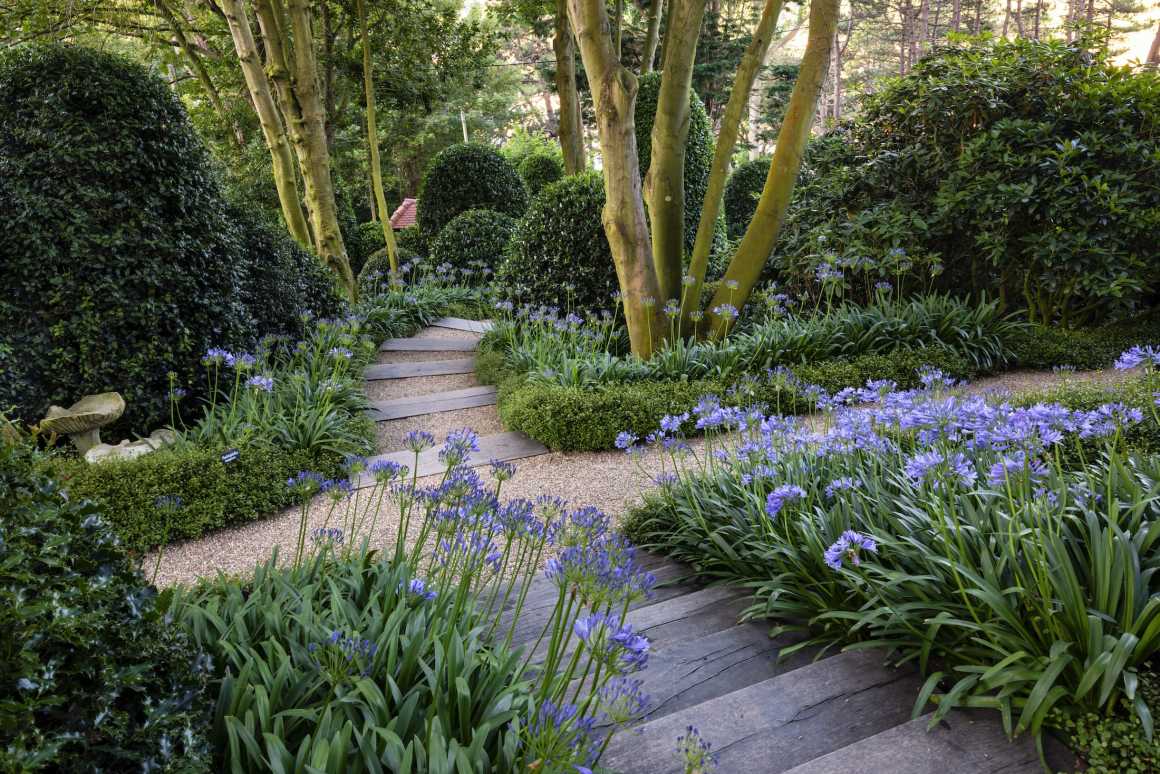
未来从今天开始 The Future Begins Today
我们今天所见的主要建筑趋势都是为了恢复乐观主义,在这个技术和尖端科学进步将为人类和自然世界造福的时代,恢复对我们地球更美好、更具有生态意识的未来的信心。21世纪的新未来主义(我们这个时代主要艺术运动的名称)在其发展方式上与以往的所有运动有本质的不同,它密切关注着各种领域的技术发展,包括艺术和建筑。
这一20世纪末至21世纪初的先锋派运动来自城市设计师们的创意,他们宣称的是,日常人类活动应该在以用户为导向的基础设施中舒适地行进,这应该是优先于任何其他考量的。这一基于权宜之计、极简主义、可持续性、伦理和技术效率的原则的艺术运动的主要代表分别是建筑师Rem Koolhaas、Zaha Hadid、Santiago Calatrava和设计师Vito di Bari。
新未来主义的原则已迅速传播到各种艺术学科,包括雕塑、建筑、机械制造、时尚产业、电影,甚至文学。科技进步和创新推动了这一运动的迅速普及,并将新未来主义理念转化为现实创造了大量潜在的机会,然而,由于植物的脆弱性,这些元素在花园和景观设计领域的发展速度要慢得多——这是希望创造宏伟雕塑植物组合的设计师所面临的最大挑战。对他们来说,修剪过的雕塑植物是未来花园空间布局的一种新建筑材料。
2007年,设计师兼建筑师Vito di Bari发表了《新未来主义城市宣言》,该宣言随后由米兰团队提交,申请主办2015年世博会。Di Bari将他的新未来主义愿景定义为“交叉融合艺术、前沿技术和伦理价值观,以共同创造更高质量的生活。”
The dominant architectural trends we are witnessing today are geared towards reviving optimism and restoring faith in a better, more ecologically aware future of our planet, where technology and cutting-age scientific advancements will serve for the benefit of the humankind and the natural world. The neo-futurism of the 21st century (such is the name given to the leading artistic movement of our time) is essentially different from all previous movements in its evolutionary approach. It closely follows technological developments in a variety of fields, including art and architecture.
This avant-garde movement of the late 20th – early 21st century was the brainchild of the urbanist architects proclaiming that everyday human activities should comfortably run in a user- oriented infrastructure, which should take precedence over any other considerations. This movement is grounded in the principles of expediency, minimalism, sustainability, ethics and technological efficiency. Its leading representatives are the architects Rem Koolhaas, Zaha Hadid, Santiago Calatrava and the designer Vito di Bari.
The principles of neo-futurism have rapidly spread across a variety of artistic disciplines, including sculpture, architecture, machine building, fashion industry, film, and even literature. The burgeoning popularity of this movement has been spurred on by technological advancements and innovations, which have created a host of potential opportunities for turning neo- futuristic ideas into reality. However, these elements evolve at a much slower pace in the field of the garden and landscape design due to the fragility of live plants – the biggest challenge faced by designers who wish to create grandiose sculptural plant compositions. To them, trimmed plants are new architectural material for spatial arrangement of the gardens of the future.
In 2007, the designer and architect Vito di Bari published ‘The Neo-Futuristic City Manifesto,’ which was subsequently submitted by the Milan team applying to host Expo 2015. Di Bari defined his neo-futuristic vision as “a cross-pollination of art, cutting-edge technologies, and ethical values, combined to create a pervasively higher quality of life.”
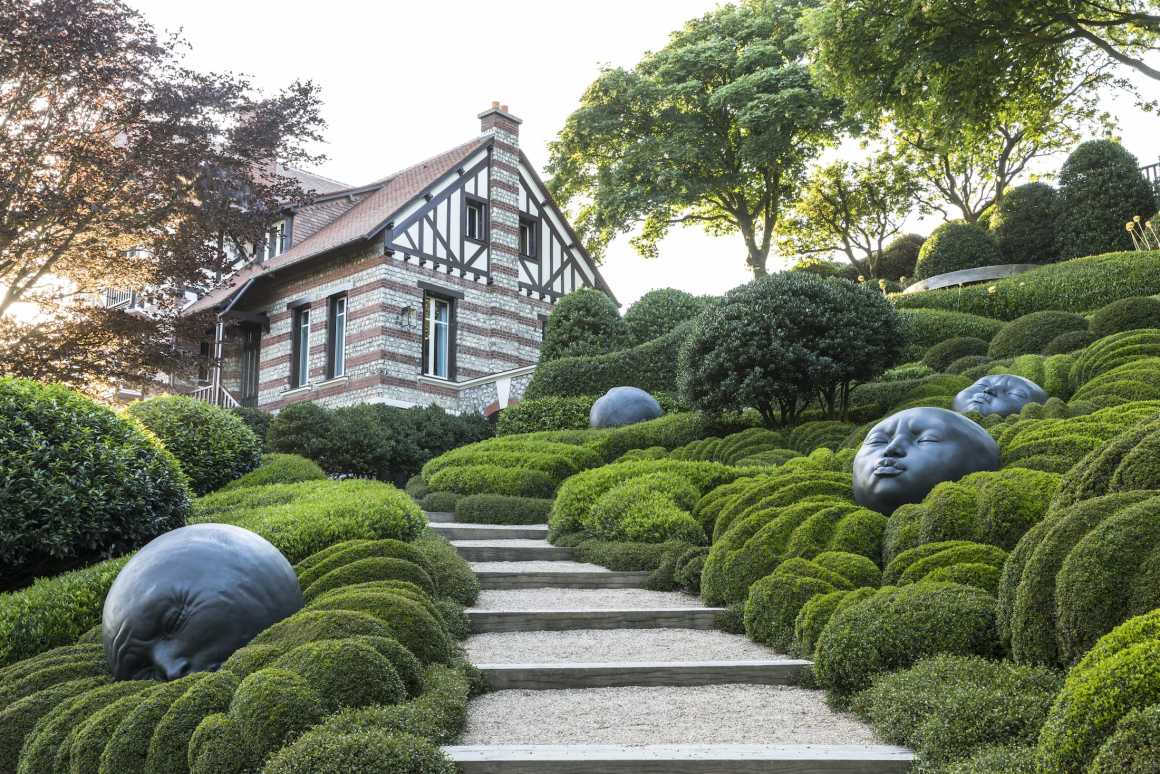


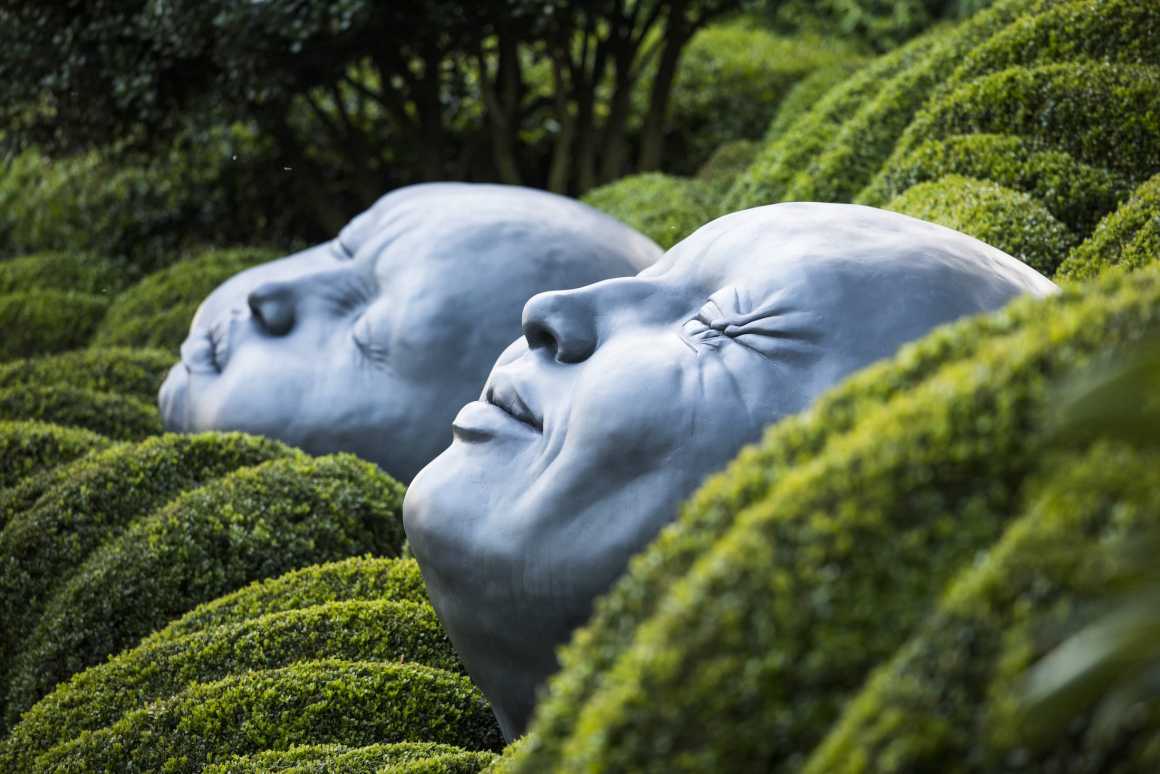
第一个基于新未来主义理念的开放性实验花园
Les Jardins d’Étretat is the First Public Experimental Garden Based on Neo-Futuristic Ideas as the Garden of the Future.
2015年,Alexandre Grivko重新构思并改造了这座花园,从前的花园植物得以恢复,其边界部分也继续丰富扩展了自己的新形象。该项目最主要的价值在于它使得古典园林与当代建筑美学思想和谐共存,并形成了一种新未来主义园林观。
Alexandre Grivko reconceptualised and restructured the garden in 2015. The historical plant collection was restored and Les Jardins d’Étretat continued enriching themselves with new imagery, as its boundaries expanded. The merit of this project lied in a harmonious coexistence of the old historical garden with contemporary architectural aesthetic ideas, eventually resulting in a neo-futuristic vision of the garden.
© Les Jardins d’Etretat
Les Jardins d’Étretat是完全根据设计师自己的想法来创建的,设计师的想法是在短短两年时间内种植一个至少有半个世纪历史的花园。为了实现这一目标,他借鉴了法国著名景观和园艺艺术家、凡尔赛花园和公园的大师级创造者-André Le Nôtre的方法论。Le Nôtre在设计凡尔赛宫园林时,是以创纪录的时间完成这项工作的,因为他并没有运用很多植物,而是限制性的利用少数几种植物的修剪、组合来获得惊人的视觉效果。Alexandre Grivko重新发现并创造了André Le Nôtre的大师风范,他的标志性风格也在Les Jardins d’Étretat花园中达到了新高度。在建立花园时,Grivko根据Le Nôtre的艺术哲学,通过雕刻修剪大型植物组合来布局空间。
Les Jardins d’Étretat were created following the designer’s own method that allowed him to grow a garden that appears at least half a century old within just two years. To achieve this goal, the architect drew from the methodology of André Le Nôtre, the historically acclaimed French landscape and gardening artist, and the master-creator of gardens and parks at Versailles. As he set to complete his work at Versailles in record time, Le Nôtre limited himself only to a few plant species, thus, achieving a striking visual effect through expressively trimmed plant compositions. Having rediscovered and reinvented the mastery of André Le Nôtre, the signature style of Alexandre Grivko has reached new heights in Les Jardins d’Étretat. In setting up the garden, Grivko relied on the artistic philosophy of Le Nôtre, which prompted him to arrange the space through sculpted large- scale plant compositions.
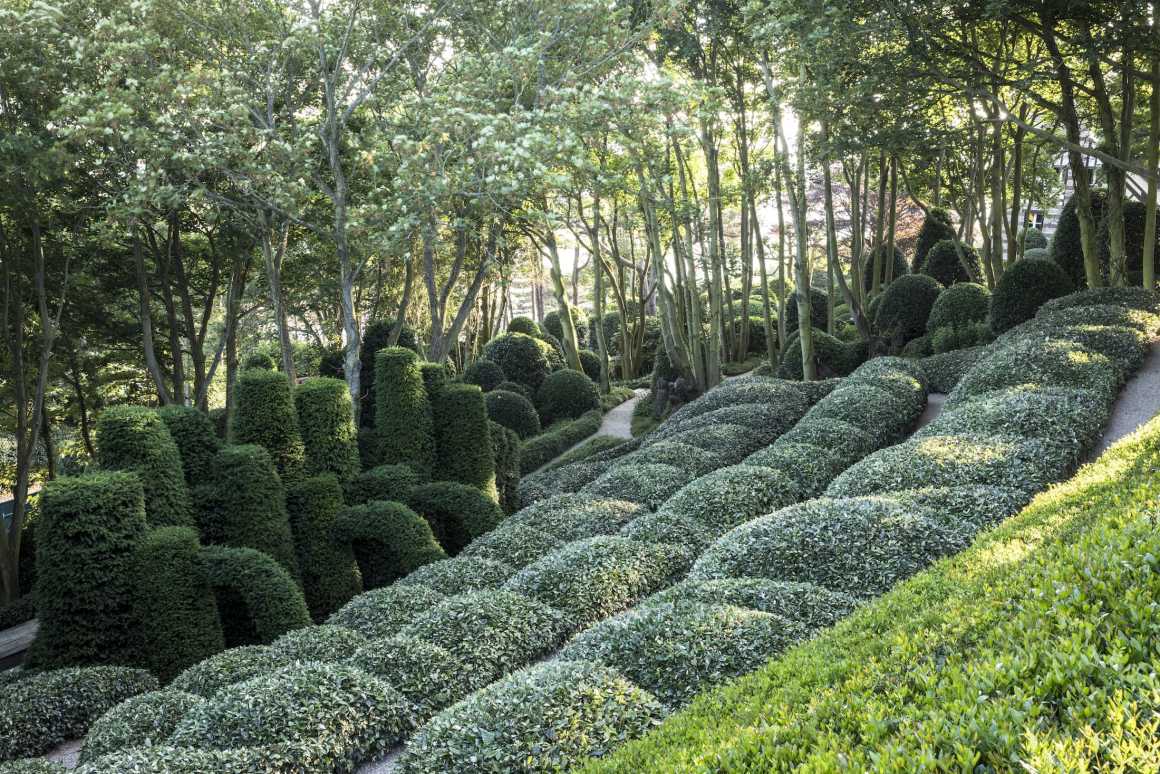

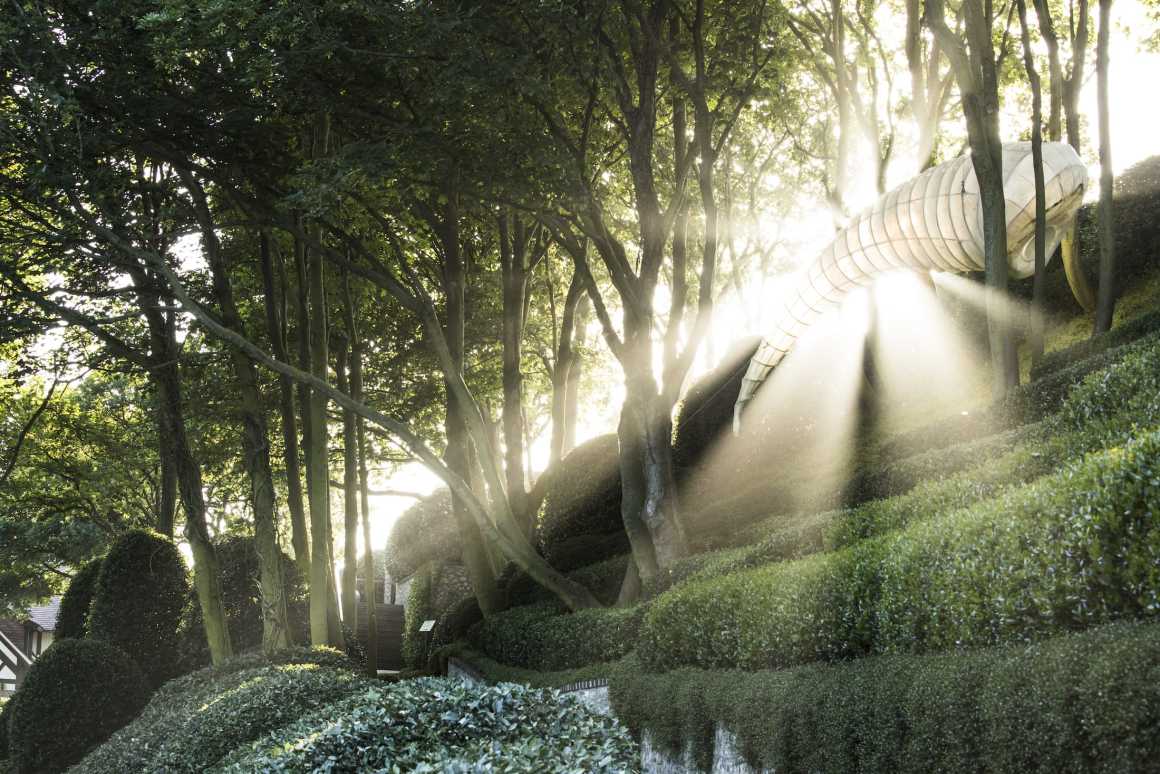
花园内共种植了超过15万株植物。这是一个名副其实的实验室,其主要目的是探索和测试新的植物护理技术,以及进行雕塑植物修剪实验。花园的空间布局采用了令人印象深刻的大规模植物种植组合,其酷似诺曼底的自然风景特征的整体形状,由不同形态的植物组合形成,如英吉利海峡的“波浪”、“海洋”的螺旋和漩涡、“牡蛎养殖场”、雪花石膏海岸的“岩层和拱门”等。Les Jardins d’Étretat不仅是为了展示诺曼底的生物多样性和自然景观,同时也是一个证明园林艺术中可应用新方法的机会。
The gardens feature over 150,000 plants. It is a veritable experimental laboratory, whose main goals are to search for and test new plant nursing technologies while experimenting with sculptural plant trimming. The garden space is arranged with the help of impressively-scaled plant compositions, the shapes of which are evocative of the landscapes and the natural features of Normandy. The plants are plied into different forms, such as the “waves“ of the English Channel, “sea“ spirals and whirlpools, “oyster farms“, “rock formations and arches“ of the Alabaster coast, among others. Les Jardins d’Étretat is not only an attempt to showcase the biodiversity and natural beauty of Normandy, but also an opportunity to demonstrate new methods applied in the art of landscaping.



同时,Les Jardins d’Étretat也是一个露天开放的当代艺术博物馆,其艺术品就是花园里这些独特的藏品。修剪的植物与现代雕塑装置的结合给花园增添了独特的色调韵味和鲜明的个性。
Les Jardins d’Étretat is an open-air museum of contemporary art, which features a unique collection of art objects. The unusual combination of trimmed plants and contemporary sculptures lends the gardens their tone, as well as a striking sense of individuality.
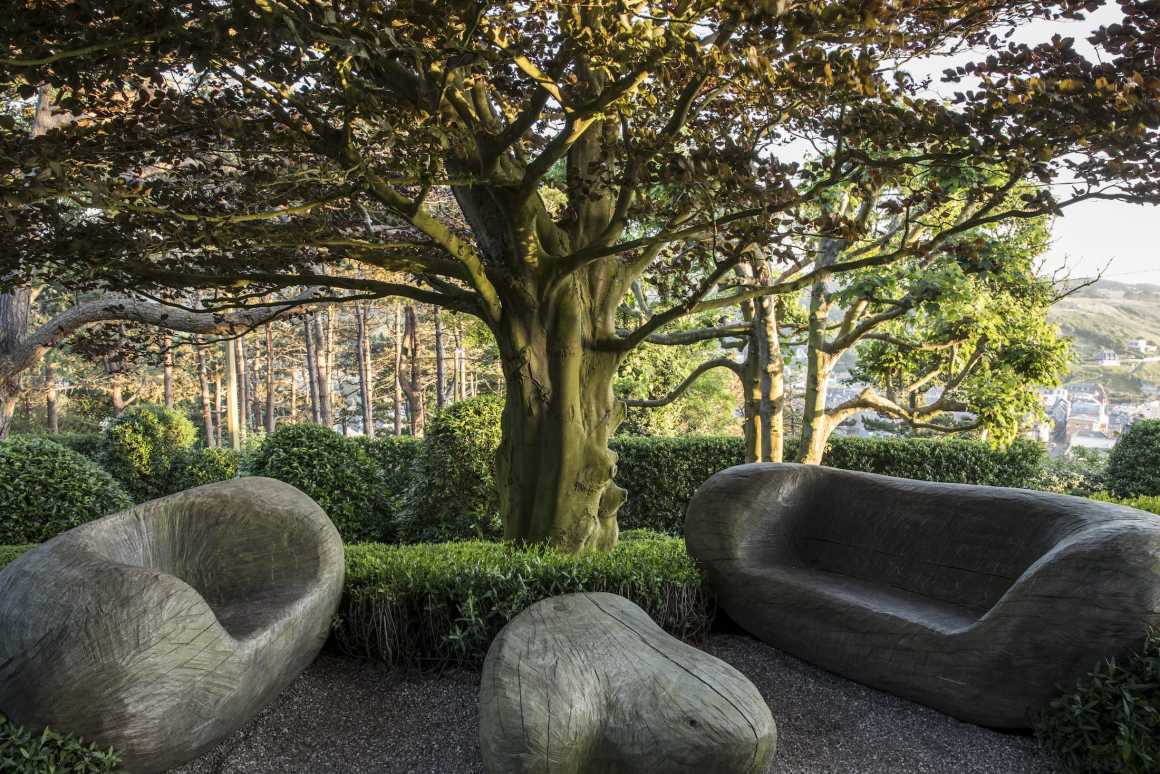
Les Jardins d’Étretat代表了园艺艺术的最佳状态,在当代艺术领域以及全球专业园林设计中占有特殊的地位。花园博物馆中的展览有永久性的,也有临时性的。其永久收藏的现代雕塑是这座花园的建筑核心,如果没有这些雕塑的亮点,那它的艺术完整性、戏剧性和总体氛围也会消失。
Les Jardins d’Étretat represent the art of gardening at its best and occupies a special place in the field of contemporary art, as well as in the global community of professional garden design. The museum display consists of permanent and temporary expositions. The permanent collection of contemporary sculpture is at the architectural core of the garden, whose artistic integrity, dramaturgy and general ambience would have been lost without these sculptural highlights.
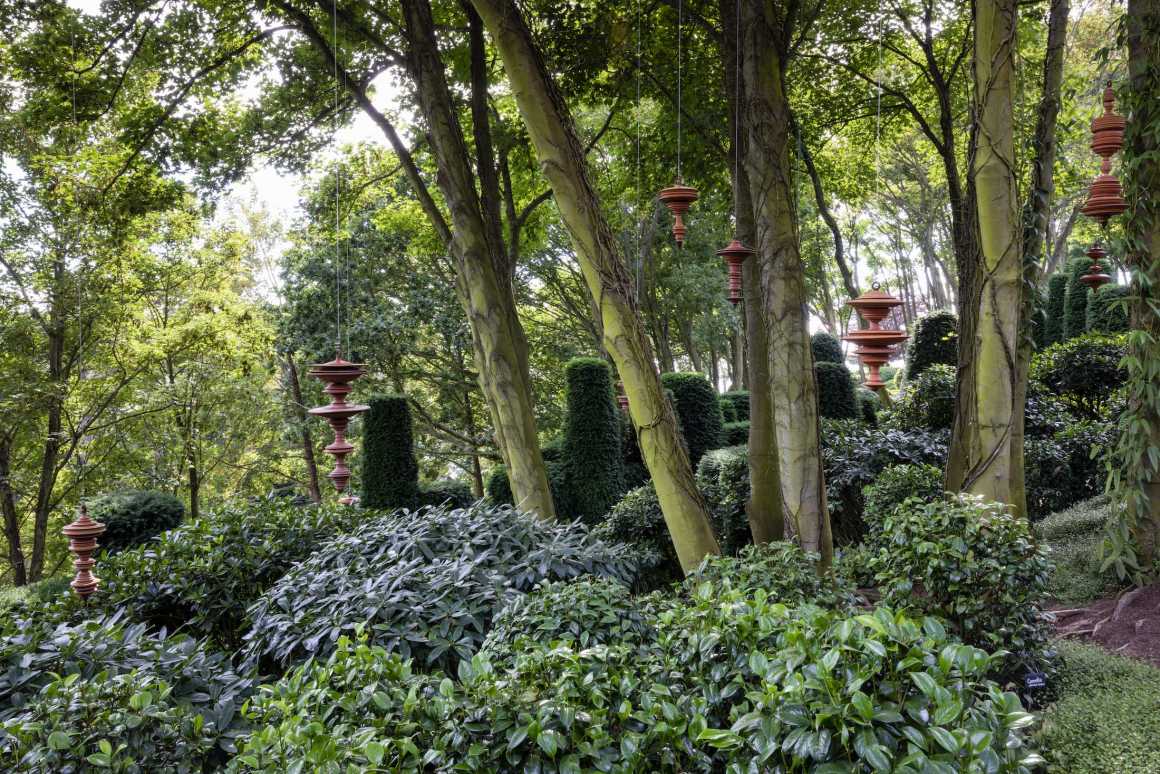
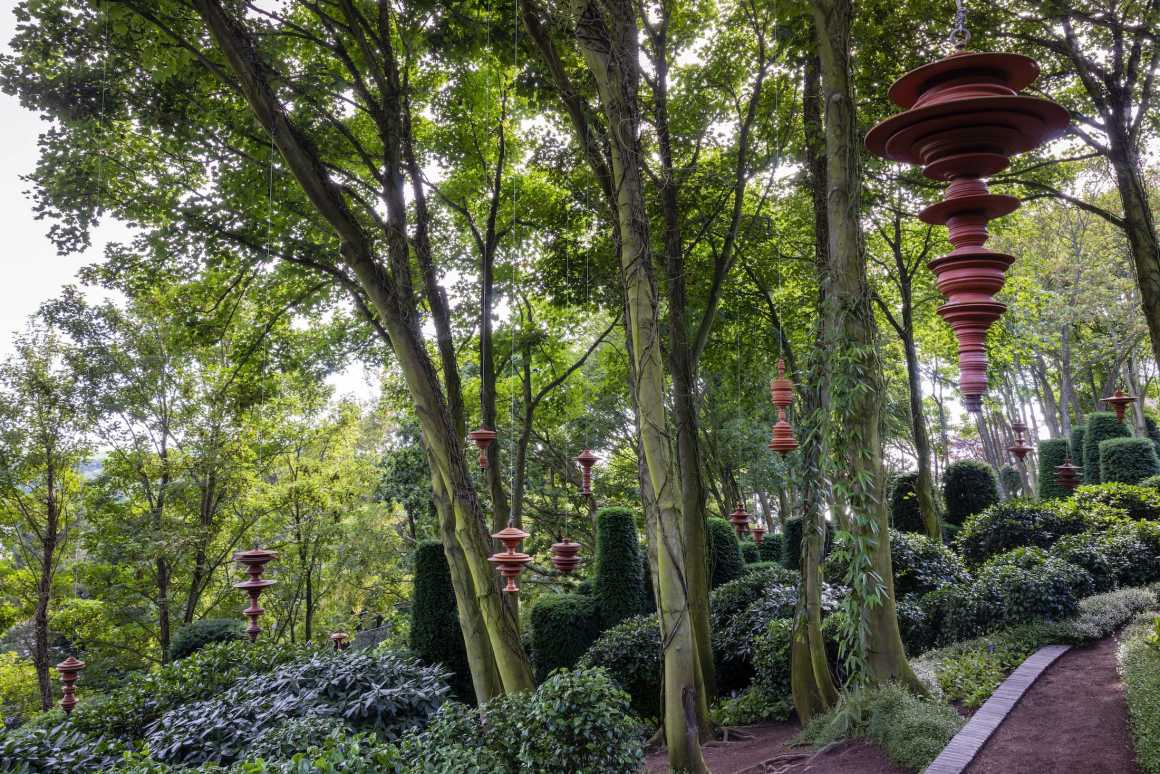
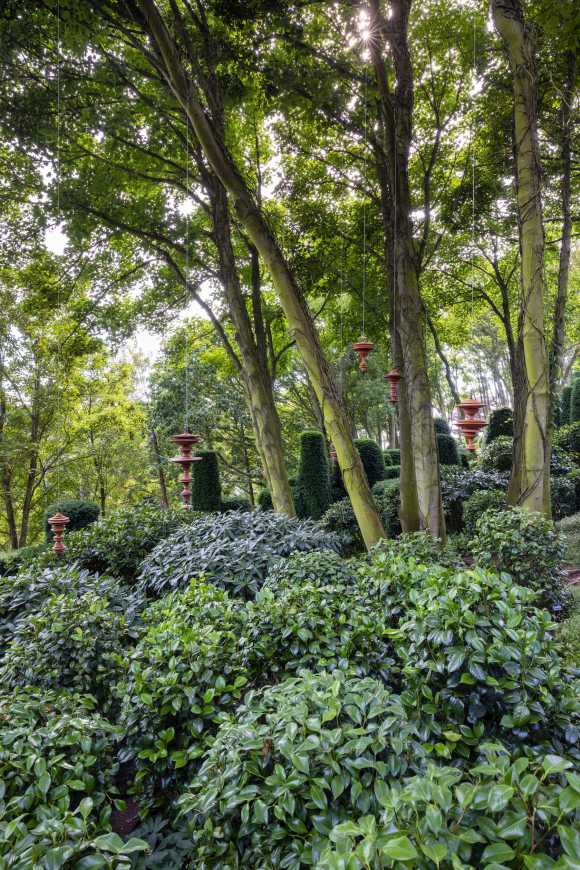
本次展览聚焦了花园园林艺术界里所有的鲜明个性。临时展览与一年一度的夏季花园同步推出,这些展览的主要目的是发展一种社会、自然和艺术环境,以激发创造力、提升道德价值、保护环境和保护历史文化遗产。Grivko认为,一个人周围的风景是这个人内在自我的延伸,因此,他希望保持他工作中的淡雅和克制,避免过度的线性图形或过于明亮的色调。
This exposition brings to focus the striking individuality of Les Jardins d’Étretat in the world of landscaping art. The temporary exhibitions concur with annual summer season launches the gardens. The primary goal of these exhibitions is to develop a social, natural and artistic milieu aimed to stimulate creativity, improve ethical values, preserve the environment and protect historical and cultural heritage. Grivko believes that the landscape surrounding a person is an extension of this person’s inner self. Therefore, he aims to keep his work restrained and limited, and to avoid excessive graphic linearity or overly bright colour palettes.
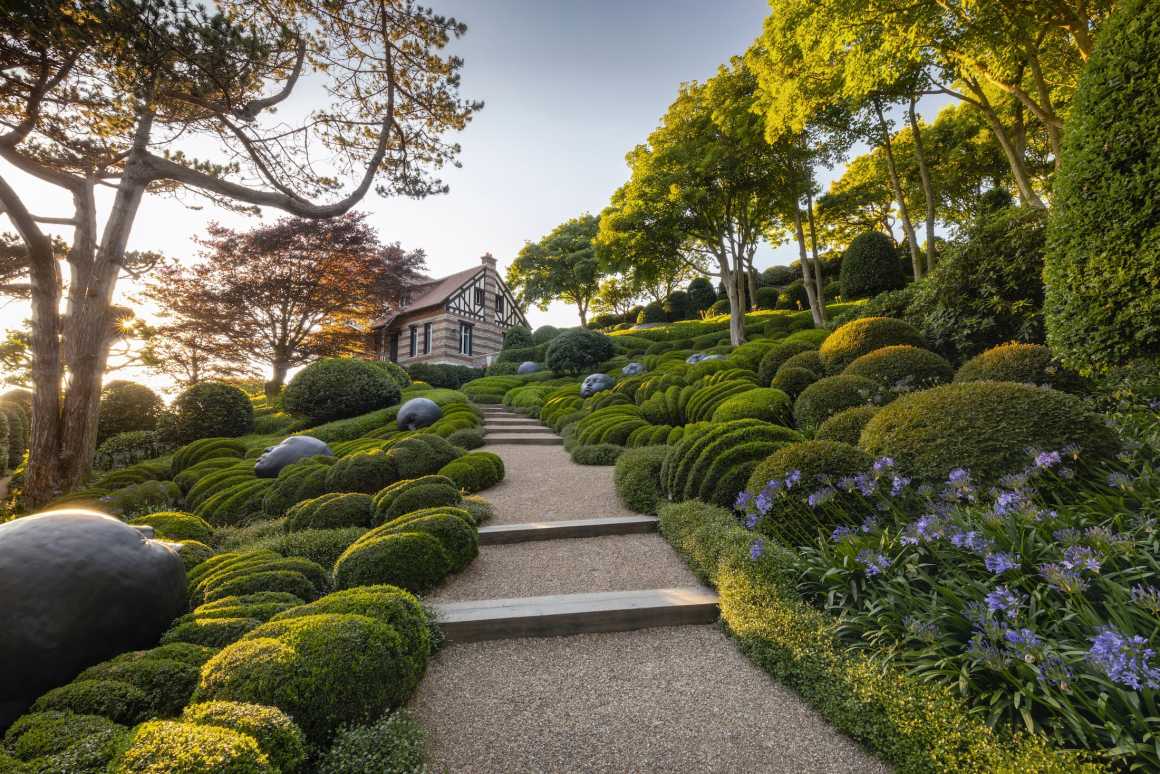
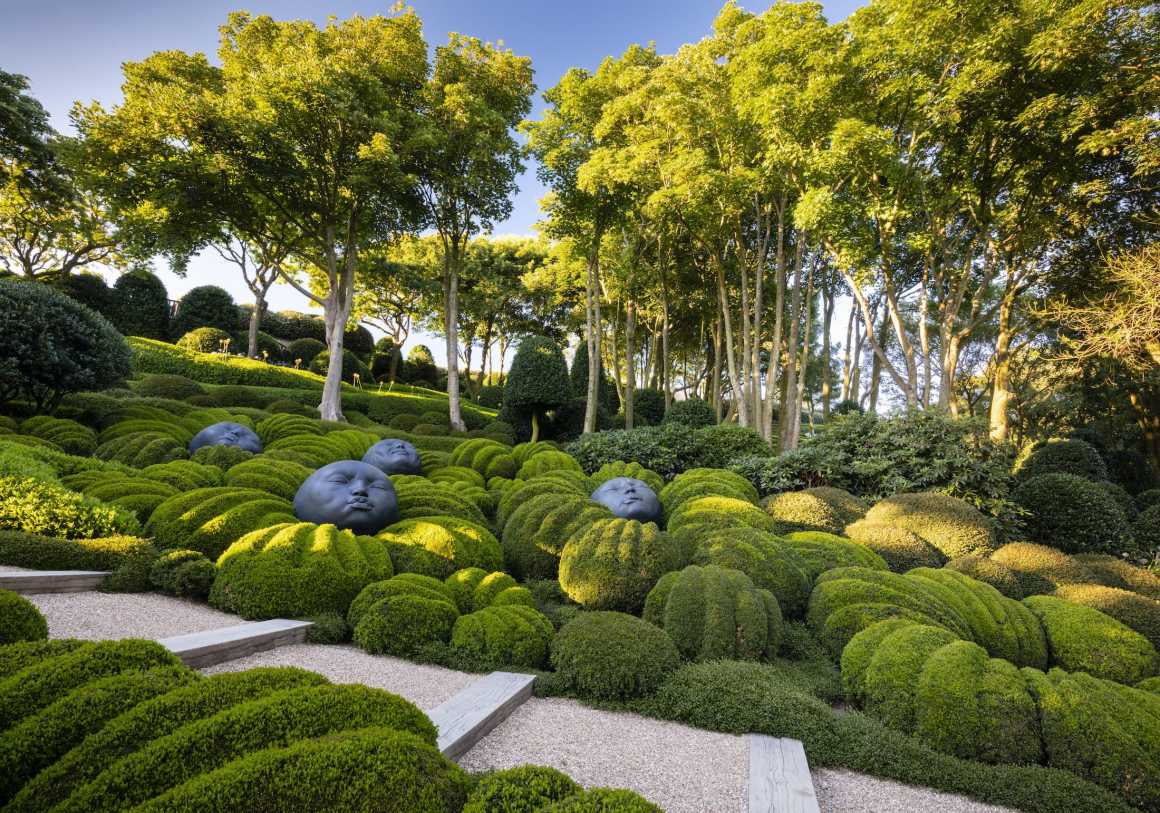
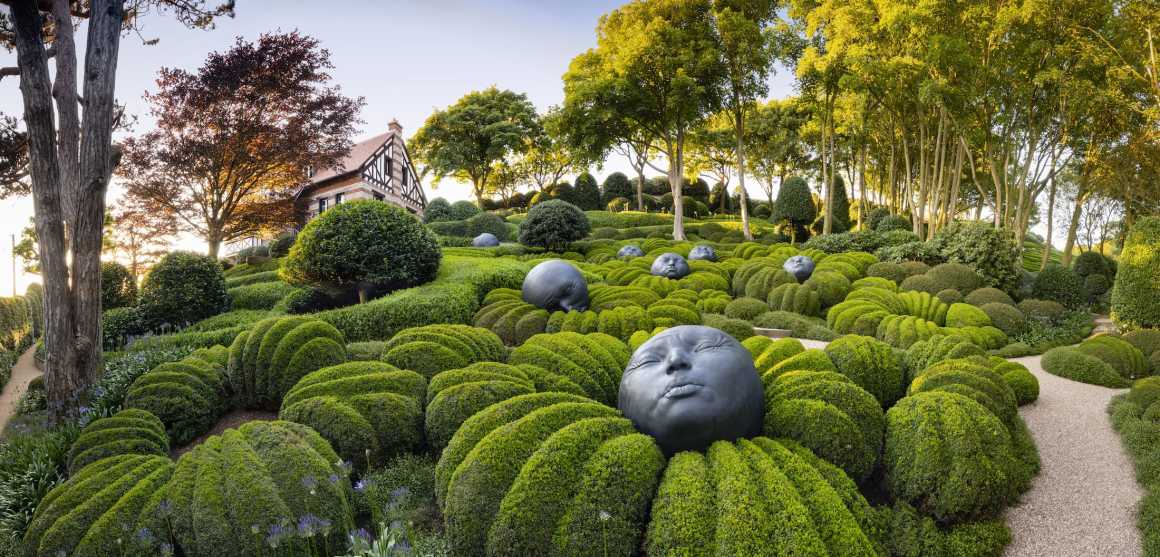
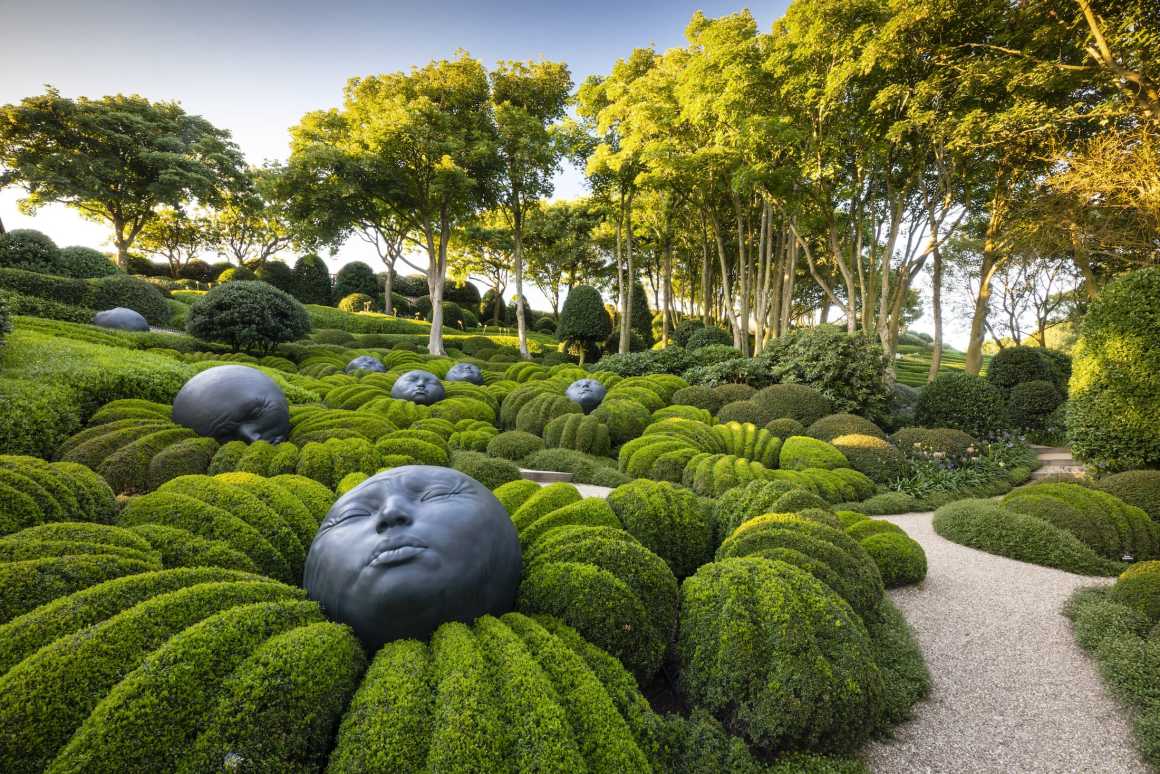
Alexandre Grivko的所有创作原则都是根据一个人在空间中的位置以及他们在空间中所经历的自我意识状态来决定的。他一直力求营造和谐感和完全的视觉舒适感。Les Jardins d’Étretat的历史、艺术和建筑意义在于运用了新未来主义的几个先锋派原则。其园林作品体现了大尺度的新未来主义理念,与时俱进的未来艺术,反映了人类文化进步的现状。
The dogmatic principle for all of his creations is defined by the position of a person in space and by the states of self- awareness they experience in it. He strives for a sense of harmony and complete visual comfort. The historical, artistic and architectural significance of Les Jardins d’Étretat lies in the application of several avant- garde principles of Neo-futurism. The garden compositions embody large-scale neo-futuristic ideas, the art of the future staying apace with its time, mirroring the present state of the cultural advancement of humanity.
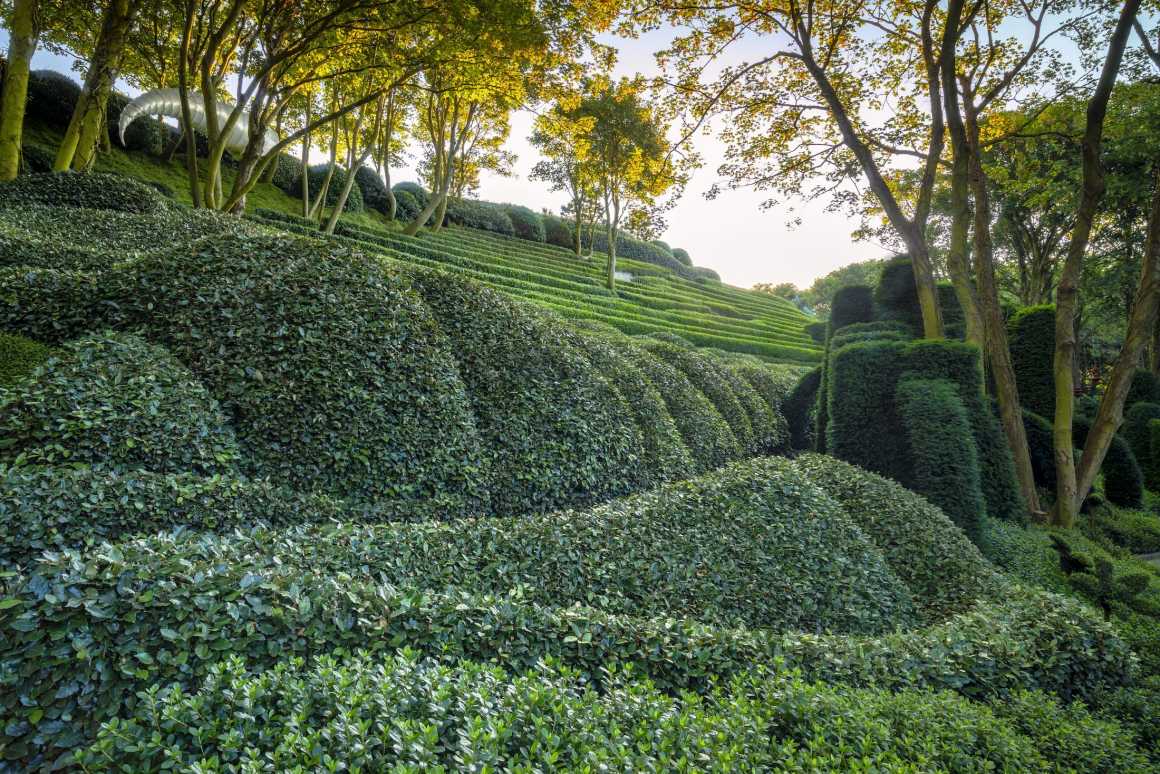
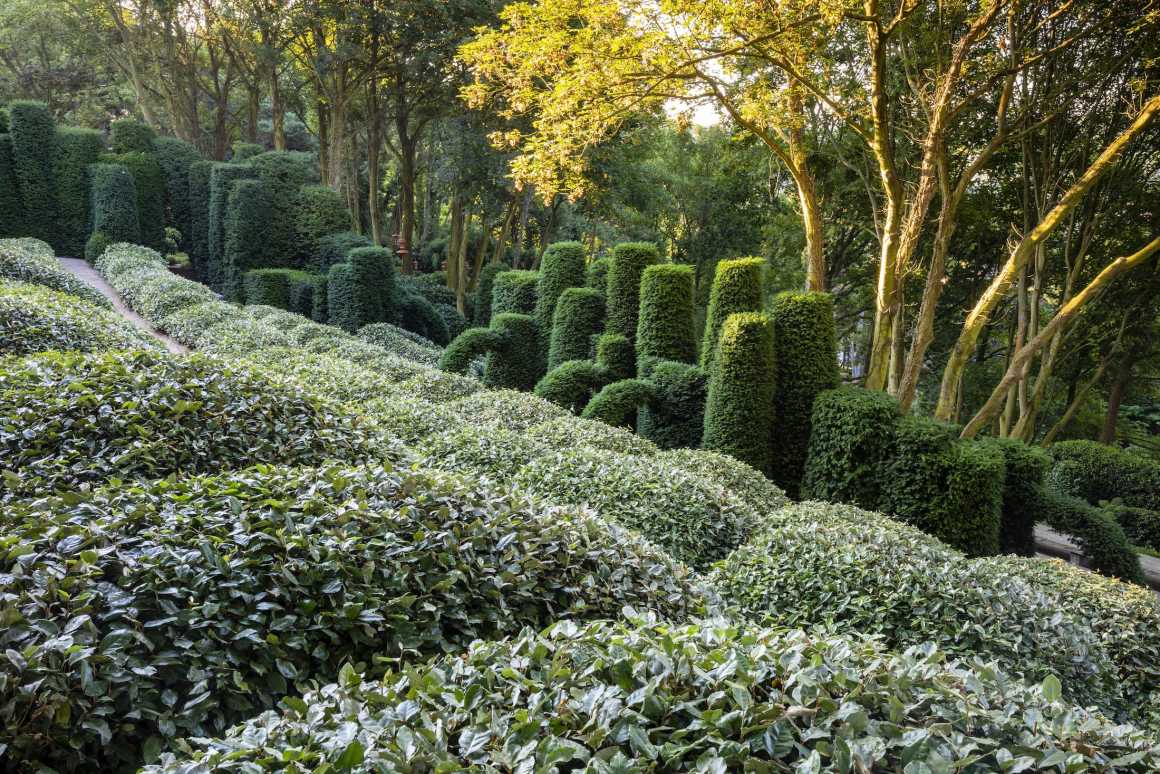
在传统上来说,我们共有五种主要的园林风格:传统法式园林、意大利园林、英国自然式园林以及亚洲园林(如日本园林)和东方园林。Alexandre Grivko通过反复尝试,成功地开发了一种全新的新未来主义花园风格:以现代手法为基础,通过修剪过的雕塑状植物来布局空间。Les Jardins d’Étretat建成后,将会作为一种独特风格的园林的第一个标本载入园林史册,但目前这种风格尚未确定其名称。
Traditionally, there are five major garden styles known to exist: formal regular French garden, formal Italian garden, informal English landscape garden as well as Asian garden (e.g., Japanese) and Oriental garden (such as Persian or Mughal gardens). Through trial and error, Alexandre Grivko has successfully been experimenting with developing a new garden style, steeped exclusively in neo-futuristic ideas. The modern approach lies at the foundation of this style; the space is arranged by means of new sculpted shapes of trimmed plants. When completed, Les Jardins d’Étretat will be recorded in the history of landscape gardening as the first specimen of a unique style of garden architecture, the name of which has yet to be established.

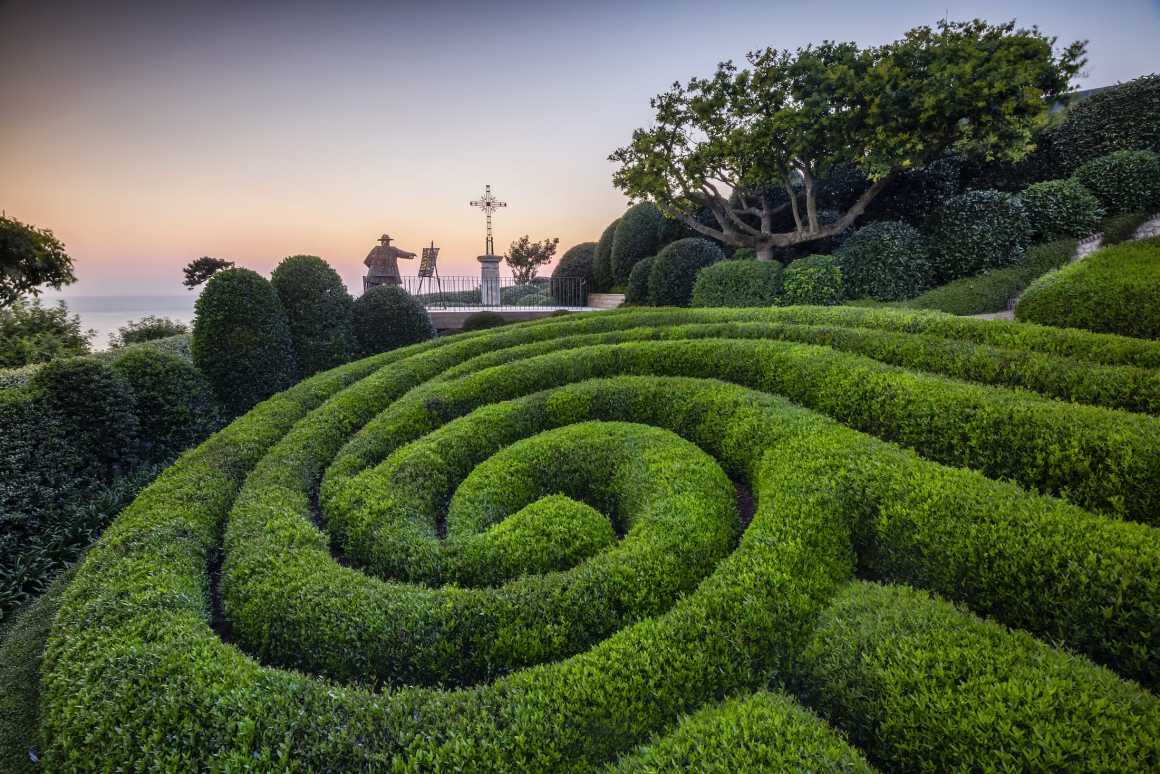
执行编辑:Mark Dumas (英文)
平面设计:Alexis Agafonov
Сontributor、翻译、校对:Irene Kukota
编辑:Daria Bernot
摄影师:
Kate Drabczynski, Philippe Gauthier
Franсk Schmitt, Hélène Guihard, Pavel Sepi
Francis Cormon, Eva Nemeth, Richard Bloom,
Matteo Carassale
花园设计与施工:IL NATURE Garden Design & Landscaping Company
Executive Editor: Mark Dumas (English)
Graphic Designer: Alexis Agafonov
Сontributor, Translator, Proofreader: Irene Kukota
Editor: Daria Bernot
Photographers:
Kate Drabczynski, Philippe Gauthier
Franсk Schmitt, Hélène Guihard, Pavel Sepi
Francis Cormon, Eva Nemeth, Richard Bloom,
Matteo Carassal
Garden Design & Construction: IL NATURE Garden Design & Landscaping Company
参考文献 Bibliography
Babelon, Jean-Pierre (1999). French Gardens, Imprimerie nationale, Paris
Betsky, Aaron (October 2017). The complete Zaha Hadid, Thames & Hudson, London, 4th edition
Bouchenot-Déchin, Patricia (May 2016). André Le Nôtre, Pluriel, Paris Farhat, Georges (October 2013). André Le Nôtre in perspective, Hazan Grimme, Karin H. (January 2017). Impressionism, Taschen, Cologne Heinrich, Christoph (August 2015). Monet,Taschen, Cologne
Lindon, Raymond (March 1999). Etretat: son histoire, ses légendes, Paris
Plaisant-Soler, Estelle (March 2017). Jardins. Une anthologie, Citadelles & Mazenod, Paris
Prevot, Philippe (February 2016). Histoire des jardins, Ulmer, Paris
Roudaut, Richard (November 2000). Le Nôtre – L’Art des Jardins à la Française. Parangon
Russel, Vivian (April 1996). Le Jardin impressionniste de Claude Monet, Albin Michel, Paris
Vignot, Edward (February 2016). Les Maitres de l’impressionnisme, Place des Victoires, Paris
Wassim, Jabi (2013). Parametric Design for Architecture, Laurence King Publishing, London
更多 Read more about: Les Jardins d’Etretat




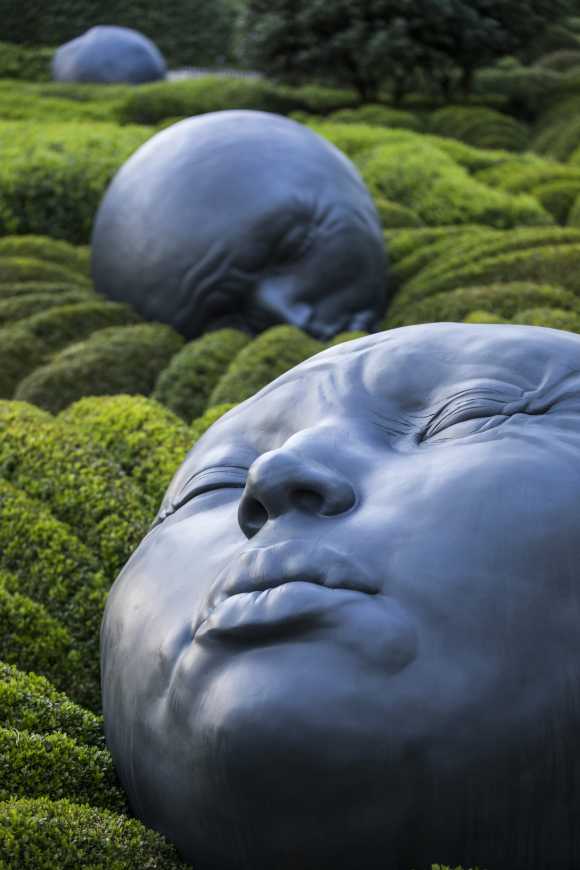

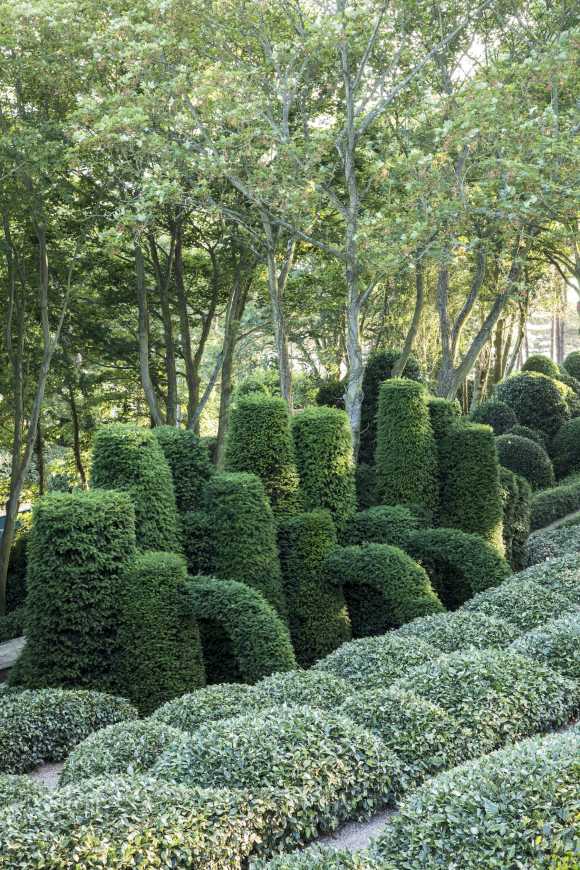
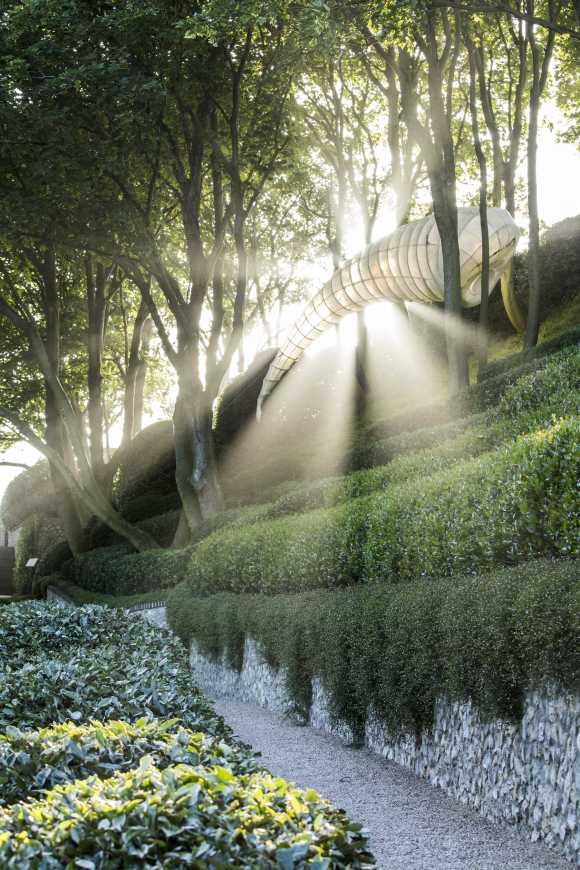
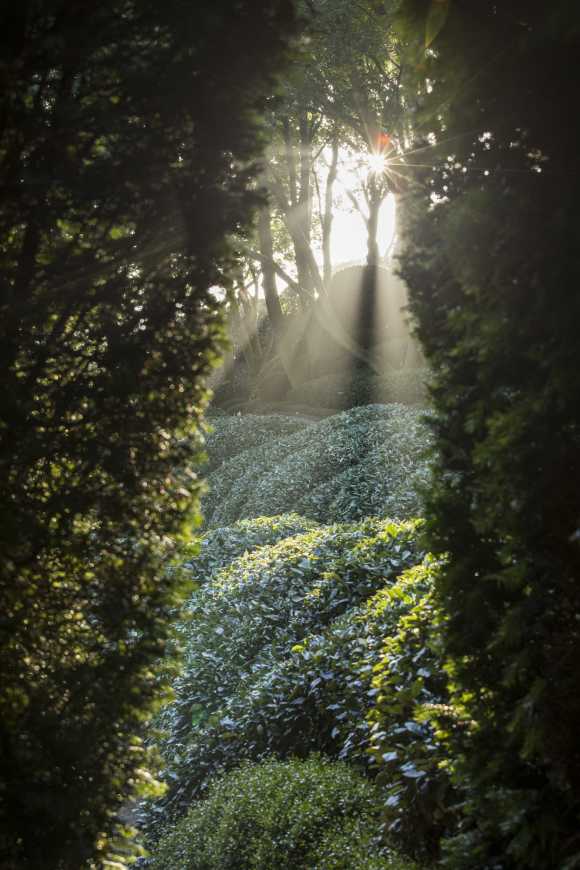
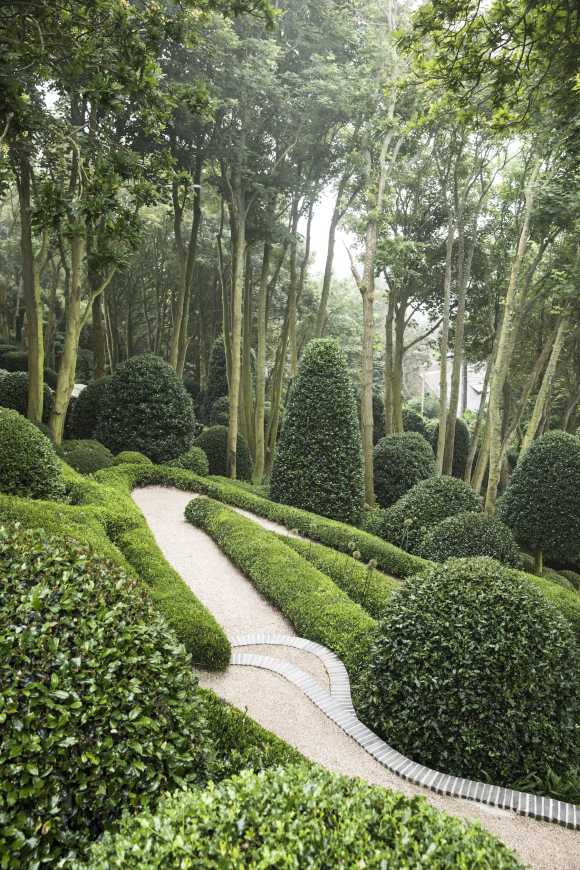
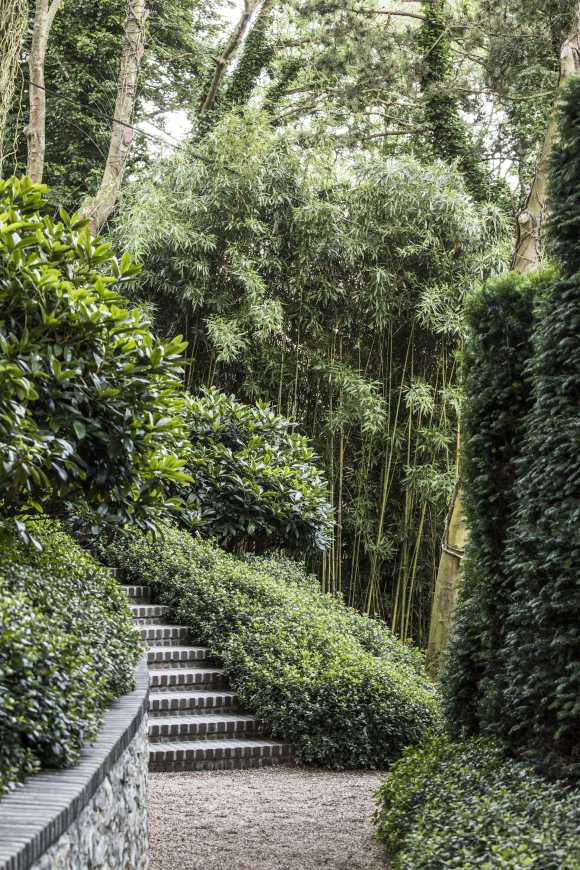
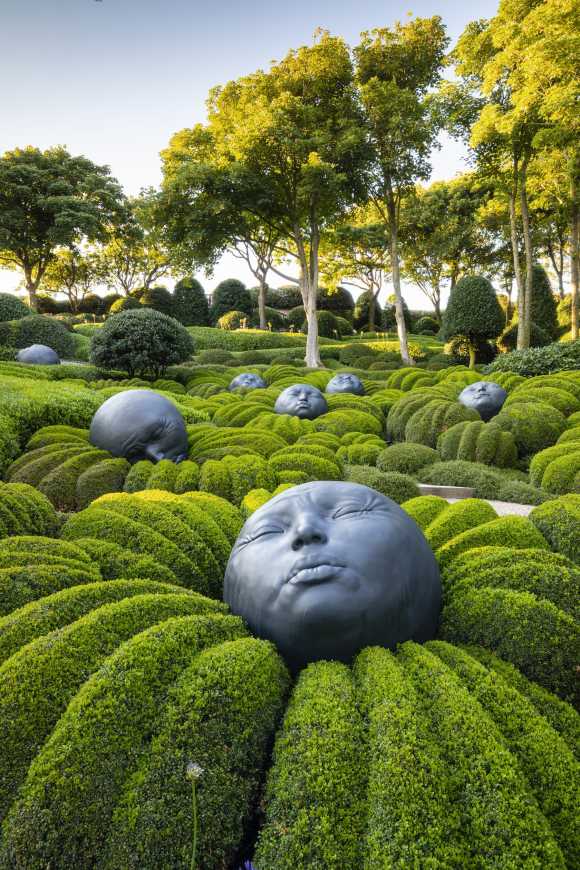

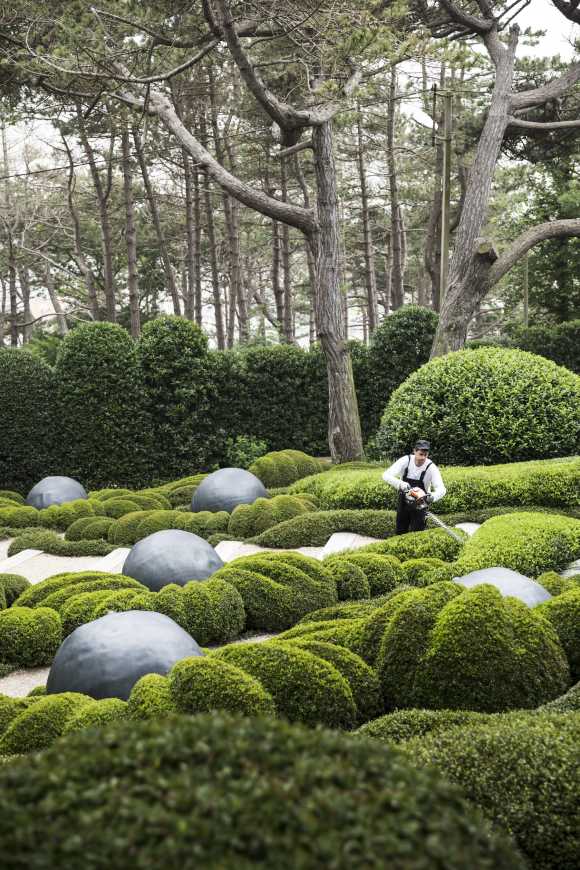


0 Comments